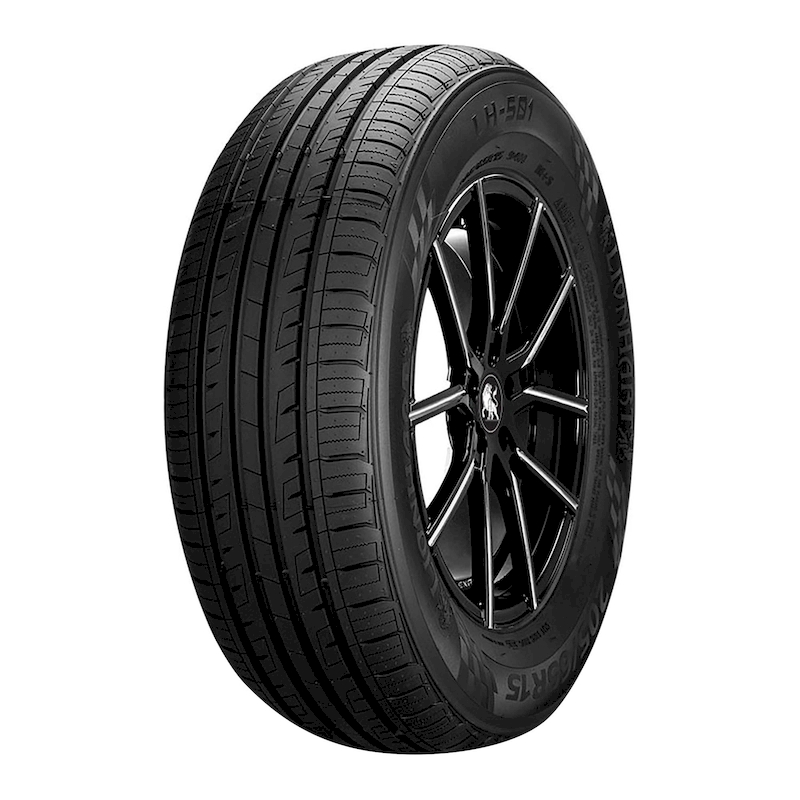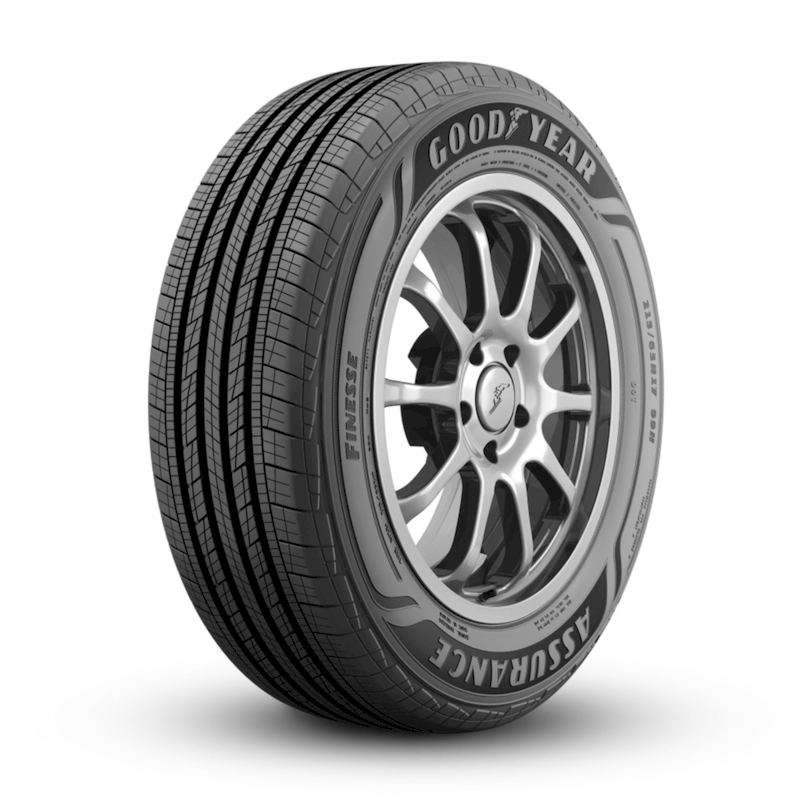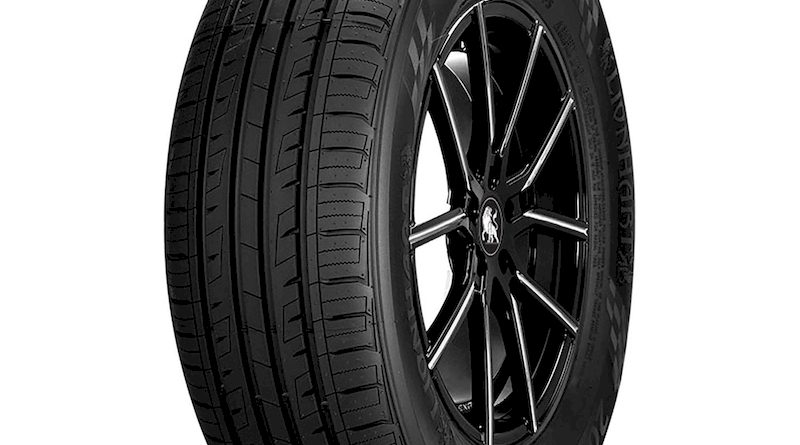The Benefits of Regular Tire Rotation for Your Vehicle
When it comes to vehicle maintenance, many car owners prioritize things like oil changes, brake checks, and fluid top-offs. While these services are indeed crucial, one essential maintenance task that should not be overlooked is tire rotation. Understanding the benefits of regular tire rotation can significantly enhance your vehicle’s performance and safety, ultimately saving you money in the long run. Tire rotation involves periodically moving your tires from one position on your vehicle to another to ensure that they wear evenly over time. Factors such as driving conditions and tire design can lead to uneven wear, which can affect handling and overall vehicle safety. Regularly rotating your tires not only extends their lifespan but also contributes to improved fuel efficiency and a smoother ride. In this comprehensive article, we will delve into the numerous benefits of regular tire rotation, discussing why it’s important, when to do it, and how it helps maintain your vehicle’s overall health. By the end of this guide, you will have a clear understanding of how this simple maintenance practice can have a big impact on your driving experience.

Understanding Tires and Their Importance
Before we explore the benefits of regular tire rotation, it’s essential to understand the vital role tires play in your vehicle’s functionality and safety. Tires are the only contact between your vehicle and the road, influencing handling, braking, and overall performance.
Types of Tires
There are different types of tires designed for various driving conditions. Understanding these types can help in appreciating the need for proper maintenance.
- All-Season Tires: Designed to perform well in various weather conditions, all-season tires are versatile and widely used by car owners.
- Winter Tires: These tires provide enhanced traction and control in snowy and icy conditions, thanks to their specialized tread patterns and rubber compounds.
- Performance Tires: Often used in sports cars, performance tires offer superior grip and handling but may wear out faster, making regular rotation even more critical.
- Off-Road Tires: Designed for rugged terrain, off-road tires provide enhanced traction but may have unique wear patterns that require diligent attention.
Importance of Tire Quality
When discussing the benefits of regular tire rotation, it’s important to note that maintaining high-quality tires is fundamental for optimal performance.
- Safety: Worn or damaged tires can lead to blowouts, loss of traction, and accidents. Regular maintenance, including rotation, helps ensure tires wear evenly.
- Fuel Efficiency: Properly maintained tires contribute to better fuel economy. If your tires are unevenly worn, your car has to work harder, negatively impacting fuel efficiency.
- Comfort: Tires that are maintained properly provide a smoother ride. Uneven tire wear can lead to vibrations and a bumpy experience when driving.
The Mechanics of Tire Rotation
To understand the benefits of regular tire rotation fully, it is essential to know the mechanics of how tire rotation works.
What Is Tire Rotation?
Tire rotation refers to the practice of moving each tire to different positions on the vehicle at regular intervals. By rotating the tires, the wear on each tire is balanced, promoting even tire life.
Managing Wear Patterns
Tires experience different wear patterns based on their position on the vehicle. For instance, the front tires generally bear more weight and may wear out faster, particularly in front-wheel-drive vehicles. Conversely, in rear-wheel-drive vehicles, the rear tires may suffer more wear. By rotating tires:
- Uneven wear can be prevented.
- All tires can be subjected to the same driving conditions over time.
Recommended Rotation Patterns
Typically, mechanics recommend several rotation patterns depending on the vehicle type:
- Front-to-Rear Rotation: This pattern simply moves the front tires to the rear and the rear tires to the front.
- Cross Rotation: In this pattern, the front tires are moved to the opposite back positions while the back tires are moved to the front in their original positions.
- Side-to-Side Rotation: This method is particularly beneficial for staggered tire setups, where the front and rear tires are different sizes.
Benefits of Regular Tire Rotation
Regular tire rotation is a simple yet effective practice that can lead to numerous benefits. Understanding these advantages can help vehicle owners make informed decisions regarding their maintenance routines.
Extending Tire Life
One of the most significant benefits of regular tire rotation is the ability to extend the life of your tires. Tires can wear unevenly due to their positions on the vehicle.
- Balanced Wear: By rotating your tires regularly, you ensure that they wear at a more balanced rate. This initiative ultimately leads to longer-lasting tires, saving you money on replacements.
- Cost Savings: Investing in tire rotation services is less expensive than purchasing new tires prematurely. Thus, the more often you can rotate, the more you can save long-term.
Enhanced Vehicle Safety
Safety is paramount when it comes to automotive maintenance. Regularly rotating your tires plays a crucial role in ensuring safe handling.
- Improved Traction: Evenly worn tires provide better traction, which is particularly essential in adverse weather conditions. This leads to a decrease in the chances of skidding or losing control.
- Consistent Performance: With balanced tire wear, your vehicle’s handling and braking capabilities improve significantly. Hence, your vehicle will respond better during critical situations.
Better Fuel Efficiency
The connection between tire condition and fuel efficiency should never be underestimated. Poorly maintained tires can lead to increased rolling resistance.
- Reduced Resistance: When tires are worn unevenly, they can create more drag, making the vehicle work harder to move forward. This, in turn, decreases fuel efficiency. Regular tire rotations can help maintain a more fuel-efficient ride.
- Environmental Benefits: Improved fuel efficiency not only saves you money but also benefits the environment by reducing emissions.
Smoother Ride Quality
The comfort of your driving experience is also closely linked to tire quality and performance.
- Reduced Vibrations: When tires are worn evenly, vibrations that affect ride quality are minimized. This results in a more pleasant driving experience, free from the disturbances caused by uneven wear.
- Enhanced Road Grip: Tires that are regularly rotated will maintain grip better, offering a smoother transition when cornering or navigating various terrains.
Understanding How Often to Rotate Your Tires
Determining how often to rotate your tires is an important aspect of maintaining your vehicle. Regular rotations can contribute significantly to the benefits outlined above.
Manufacturer Recommendations
Many vehicle manufacturers provide guidelines on how often tires should be rotated. Typically, rotating your tires every 5,000 to 7,500 miles is a common recommendation. However, check your owner’s manual for specific intervals that apply to your vehicle.

Driving Conditions
Your typical driving conditions can also influence when to rotate your tires. For example:
- Rough Terrain: If you often drive on unpaved or bumpy roads, you may need to rotate your tires more frequently to prevent uneven wear.
- Frequent Short Trips: Short trips can lead to uneven wear patterns as well, so if most of your driving is done this way, consider rotating your tires more often.
- Heavy Loads: For vehicles frequently carrying heavy loads, more regular rotations may also be necessary.
Monitoring Tire Condition
Staying vigilant about the condition of your tires can inform you when rotations are needed. Look out for:
- Tread Wear Indicators: Most tires come with built-in tread wear indicators that alert you when the tire tread is getting low. If you notice that one side has worn significantly more than the other, a rotation is necessary.
- Vibration or Noise: Unusual vibrations or noises while driving may indicate irregular tire wear, warranting a rotation or further inspection.
Professional Tire Rotation vs. DIY
While tire rotation seems manageable as a DIY task, there are pros and cons to consider when deciding whether to attempt it yourself or seek professional assistance.
Advantages of Professional Tire Rotation
- Expertise: Professionals have the experience and tools to complete the task efficiently. They can identify additional issues while inspecting your tires and vehicle.
- Proper Equipment: Tire shops have specialized equipment such as torque wrenches and alignment tools that ensure accurate installation.
- Convenience: Taking your car to a professional is often quicker than tackling the job yourself, especially if you lack the necessary tools or space.
When to Consider DIY
- Cost Savings: If you are looking to save money, doing it yourself can be cost-effective, provided you have the tools and know-how.
- Learning Experience: For DIY enthusiasts, changing tires can be a valuable skill. It allows you to familiarize yourself with your vehicle and enables you to take pride in maintaining it.
Best Practices for DIY Tire Rotation
If you choose to rotate your tires yourself, consider the following best practices:
- Gather the Necessary Tools: You will need a jack, jack stands, lug wrench, and possibly a torque wrench to ensure the correct tightness when putting the tires back on.
- Follow a Rotation Pattern: Be sure to follow a proper rotation pattern for your specific vehicle to maximize the benefits of tire rotation.
- Check Tire Pressure: When rotating your tires, it’s a good idea to check and adjust tire pressure to the manufacturer’s recommended levels.

Conclusion
In conclusion, the benefits of regular tire rotation should not be overlooked when considering vehicle maintenance. Regular tire rotation emerges as a simple yet vital practice that can significantly enhance your vehicle’s safety, performance, and overall longevity. By extending tire life, improving handling, enhancing fuel efficiency, and contributing to a smoother ride, regular tire rotation is an investment in your vehicle’s health.
Moreover, identifying a schedule that works for you and choosing whether to engage with a professional or take on the task yourself can help you maintain your vehicle with confidence. Ultimately, prioritizing regular tire rotation contributes positively to both your driving experience and your budget by preventing costly repairs down the road.
By being proactive about this fundamental vehicle maintenance practice, you can enjoy safer and more efficient driving for years to come. So, the next time you schedule a service appointment, be sure to include tire rotation in the mix—it’s an essential step toward preserving the health and performance of your vehicle.
